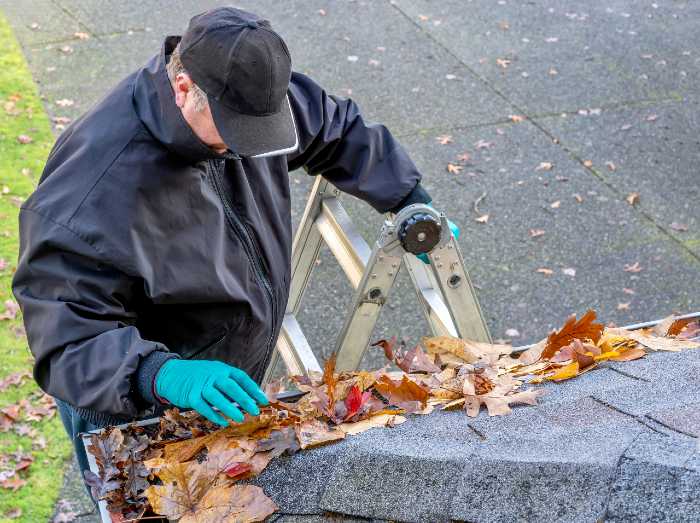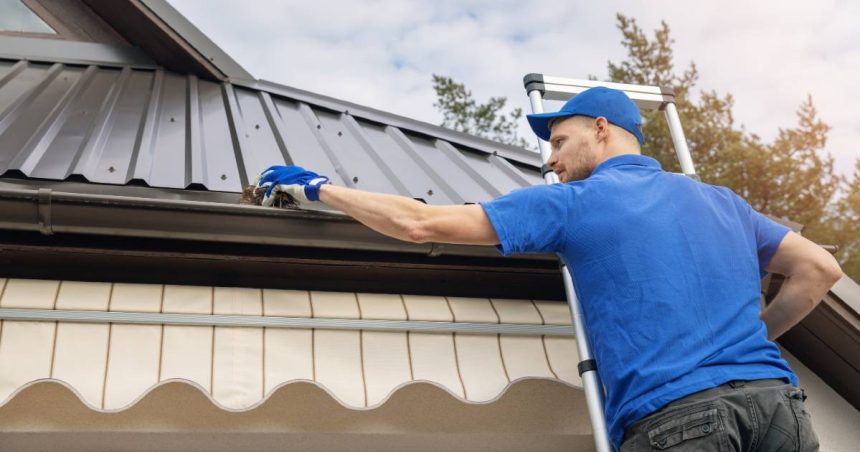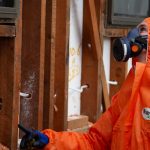As bushfire season starts to heat up again, fire safety experts are urging Aussies to start preparing their properties for summer.
Homeowners in high-risk zones are being advised to protect their properties against the risks of bushfires – with an increased threat in many parts of the country due to lower-than-average annual rainfall.
The Australian and New Zealand National Council for Fire and Emergency Services (AFAC) have predicted dry parts of Victoria to face higher than average bushfire risks this year, while parts of South Australia have brought forward their fire ban start dates.
While it’s easy to get complacent, early preparation makes a huge difference when saving your home in the event of a bushfire and its aftermath. That’s why Build-it has compiled this seasonal guide to help ensure your home is bushfire-ready ahead of summer.
Fire up a plan
Preparing for bushfire season isn’t just about clearing leaves and trimming branches; having a solid Bushfire Survival Plan is essential.
Sit down with family members or housemates to map out a plan and discuss any evacuation routes and each person’s roles in a bushfire emergency.
What are the ways out of town? What will you need to bring, and can you pre-pack it? How can you leave the property to ensure it is as fire-resistant as possible? — Having these questions pre-defined can make all the difference in a situation where time is of the essence.

Ensure everyone has downloaded their state’s natural disaster emergency app, which will provide real-time updates on fire danger ratings, incident notifications, and localised weather forecasts.
A household emergency kit should also be prepared, including a battery/ wind-up radio, canned foods, flashlights, and a power generator if your home is cut off.
RACV general manager Bill Bloodworth says it’s important that homeowners have an emergency plan in case of bushfires.
“(We) could be facing an earlier start to the fire season this year, and RACV is urging those living in high-risk areas to take action now to prepare their household and property,” he said.
“Before the weather gets too hot, make sure you have a plan and know how to stay informed.”
Prepare your backyard
Properly preparing your home to fend off the risks of bushfires can be the difference between still having a property or instead being left with a pile of ash.
Prune back all trees and branches to ensure they are kept a minimum of two meters from structures to reduce the risk of fire jumping between the two.
Meanwhile, keep the grass short and remove any garden debris, such as fallen leaves and twigs, to reduce any dry material that can fuel fires.
Lastly, if you live on acreage, create a defendable buffer line around your property boundary to aid fires in their bid to defend the home if needed.
Get the home ready
Bushfire preparations aren’t just for the backyard; ensuring your home is ready to fend off bushfires is also vital.
Clean your gutters and property boundary of any leaves and debris to reduce the risk of ember attacks bringing fire onto the home.

Test Fire equipment and ensure any sprinklers, pumps, and generators are in good working condition.
Lastly, remove any highly flammable items from the house, such as gas bottles, jerry cans, or firewood, which can act as instant fuels.
Mitigation measures
No matter how well prepared you are, the bushfires can sometimes be entirely indefensible.
That is why it’s essential to have mitigation measures to help reduce the long-term impacts should your home become a bushfire victim to safeguard you in the case of fire-related damage.
This starts with having the correct insurance and confirming its validity and coverage. Homeowners are urged to verify that their home and contents coverage aligns with current building standards.
Using home building and contents calculators online can help gauge accurate rebuilding or replacement costs, ensuring you’re covered if the worst happens.







